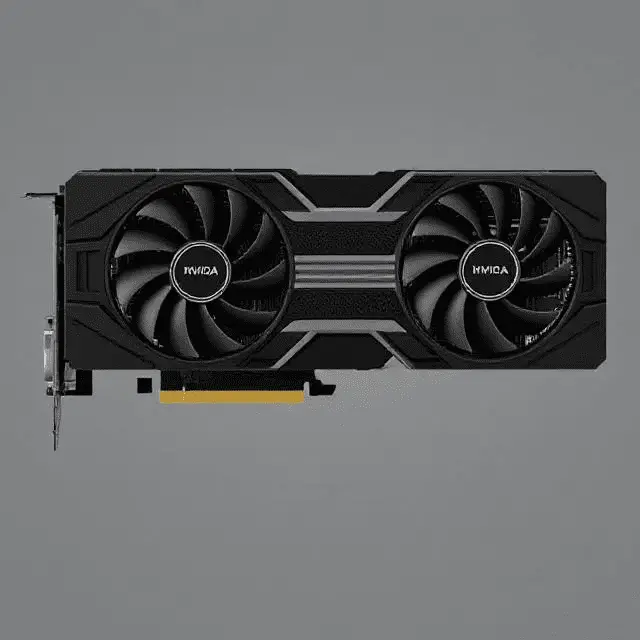
NVIDIA is preparing to launch the GeForce RTX 5060 Ti graphics card, offering two variants: a 16 GB model and an 8 GB model. Both versions are expected to be priced similarly to their predecessors, with the 16 GB variant at $499 and the 8 GB variant at $399.
Key Specifications and Performance
The RTX 5060 Ti is anticipated to feature NVIDIA’s Blackwell architecture, utilizing the GB206 GPU core. Both models are expected to have a 128-bit memory bus interface and incorporate GDDR7 memory technology, providing a total bandwidth of 448 GB/s. This represents a significant improvement over the RTX 4060 Ti, offering approximately 55% higher bandwidth.
The 16 GB variant is particularly suited for gamers aiming for 1440p resolution or engaging in content creation, while the 8 GB model is tailored for 1080p gaming. Both versions are designed to deliver enhanced performance in modern gaming titles.
Power Consumption and Design
Both variants of the RTX 5060 Ti are expected to have a Thermal Design Power (TDP) of 180W, which is higher than the previous generation’s RTX 4060 Ti models. This increase in power consumption is anticipated to be managed effectively through advanced cooling solutions.
Market Positioning and Availability
NVIDIA’s decision to release both VRAM models simultaneously aims to cater to diverse gamer requirements. The 16 GB version is designed for users seeking extended performance, while the 8 GB variant offers a more budget-friendly option without compromising on essential features. This strategy positions NVIDIA competitively against AMD’s offerings in the mid-range GPU market.
The RTX 5060 Ti 16 GB model is expected to launch first, with the 8 GB variant following shortly after. This staggered release allows NVIDIA to address different segments of the gaming community effectively.
Conclusion
The upcoming NVIDIA GeForce RTX 5060 Ti graphics cards, with their enhanced memory capacities and improved bandwidth, are poised to offer significant performance boosts for gamers and content creators. The pricing strategy, mirroring that of the previous generation, aims to provide value while addressing the increasing demands of modern gaming and creative applications.
